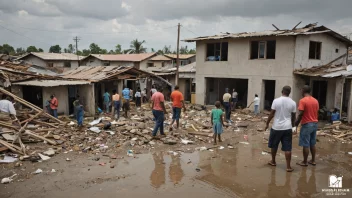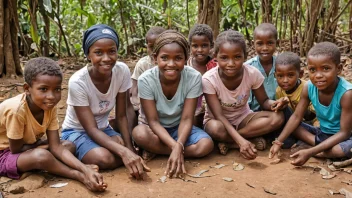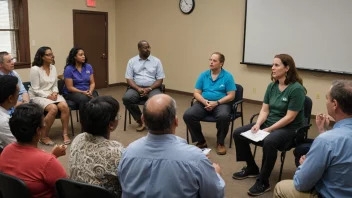Domestic violence and poverty are two intertwined issues that affect individuals and communities worldwide. While they can exist independently, they often exacerbate one another, creating a cycle that is difficult to break. This article delves into the relationship between poverty and domestic violence, comparing their impacts, root causes, and possible solutions. By understanding these dynamics, we can better address the needs of those affected and work towards effective interventions.
Defining Poverty and Domestic Violence
Poverty is a multifaceted issue characterized by a lack of financial resources, access to basic needs, and opportunities for a better life. It can manifest in various forms, including absolute poverty, where individuals cannot meet their basic needs, and relative poverty, which considers the economic status of individuals in comparison to their community.
Domestic violence, on the other hand, refers to abusive behavior in a domestic setting, often between intimate partners or family members. It includes physical, emotional, sexual, or psychological abuse and can lead to severe long-term consequences for victims.
The Relationship Between Poverty and Domestic Violence
Research indicates a significant correlation between poverty and domestic violence. Financial stress can exacerbate tensions within a household, leading to increased instances of abuse. Conversely, those who experience domestic violence often find themselves in precarious financial situations, making it difficult to escape their circumstances. Understanding this relationship is crucial for developing appropriate interventions.
Root Causes
The root causes of poverty and domestic violence are complex and often overlap. Some common factors include:
- Economic Inequality: Disparities in wealth distribution can lead to feelings of frustration and hopelessness, contributing to both poverty and domestic violence.
- Education and Employment Opportunities: Limited access to education and job opportunities perpetuates poverty and can leave individuals vulnerable to abusive relationships.
- Cultural Norms: Societal attitudes towards gender roles and violence can normalize abusive behavior, particularly in impoverished communities.
Impacts on Individuals and Communities
The impacts of poverty and domestic violence can be devastating, affecting not only the victims but also their families and communities. Some of the primary consequences include:
- Health Issues: Victims of domestic violence may experience physical injuries, mental health issues, and chronic health conditions, which can be exacerbated by poverty.
- Economic Consequences: Domestic violence can lead to job loss, increased healthcare costs, and legal expenses, further entrenching individuals in poverty.
- Intergenerational Effects: Children who witness domestic violence are at a higher risk of experiencing or perpetrating violence in their own relationships, perpetuating the cycle of abuse and poverty.
Intervention Strategies
Addressing the intersection of poverty and domestic violence requires comprehensive strategies that tackle both issues simultaneously. Here are some effective intervention approaches:
1. Empowerment Programs
Empowerment programs that focus on skill development, education, and job training can help individuals gain financial independence, reducing their vulnerability to domestic violence.
2. Accessible Support Services
Creating accessible support services, such as shelters, counseling, and legal aid, can provide immediate relief for victims of domestic violence and help them transition to safer and more stable living situations.
3. Community Awareness and Education
Raising awareness about the signs of domestic violence and the importance of seeking help can encourage individuals to take action. Educational programs that address healthy relationships and conflict resolution can also play a vital role in prevention.
4. Policy Advocacy
Advocating for policies that address economic inequality, improve access to education, and provide resources for victims of domestic violence is essential for creating lasting change.
Conclusion
The intersection of poverty and domestic violence is a pressing issue that requires a multifaceted approach. By understanding the complex relationship between these two phenomena, we can develop effective strategies that empower individuals, support victims, and create healthier communities. It is imperative for individuals and organizations to work together to break the cycle of poverty and domestic violence, ensuring that everyone has the opportunity to live free from fear and hardship.






